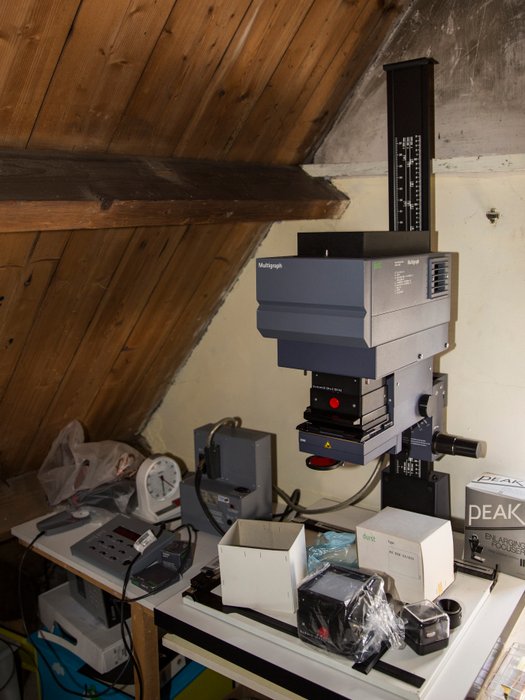
For this reason, it is important to foget about the use of these filters to approximate multigrade filters. It uses its dichro filters both for color and neutral-density purposes. The AC800 needs to know what aperture it was calibrated at from then on, if you tell it the aperture you are using, it will auto-compensate the exposure for that aperture.īehind the scenes, the AC800 uses additive filters (R,G,B) to approximate subtractive (C,Y,M,K) filtration.

From there, you fine-adjust the filtration or change the contrast to suit. The AC800 is designed to get you a proof-quality print on the first try, no test strips. Although this may seem strange at first to people used to using conventional timers with conventional enlargers, it is actually a lot more intuitive. In essence, you can translate real-world density adjustments directly from an external densitometer or step wedge directly into the machine. The AC800 uses a different theory of metering, namely offsets in terms of density units (30 units = 1 stop). They make everything else look like a cheap, crudely-engineered toy. Dursts have solid metal chasses and are pretty much immune to misalignment.

For this purpose they are overkill – but it is far easier to get an AC800 than an M805 or any other quality 6×9 enlarger. Most AC800s that did not hit the scrap heap are being pressed into service printing black and white photos. The AC800 Elite was the same thing, with autofocus. It was usually paired with an auto-advance roll-paper easel so you could really crank out the prints. It is a 6x9cm enlarger with two color densitometers (one reading negatives and one positives) that was capable of self-calibrating and auto-correcting color prints from negatives and slides. What the hell is an AC800?Īn AC800 was pretty much the last thing before minilabs.


This is best I could come up with via trial and error. More than 20 years after production, it’s unlikely that your unit will hold its settings unplugged for more than a day or two. But since it’s probably unlikely that you (or the previous owner) ever correctly understood the Allemainglish directions, you’re not losing much. The AC800 series used a soldered-in Nicad to hold its memory settings. Ok, you bought a Durst AC800 or AC800 Elite for black and white work – so now what? The good news is that your unit’s memory is probably blank.


 0 kommentar(er)
0 kommentar(er)
